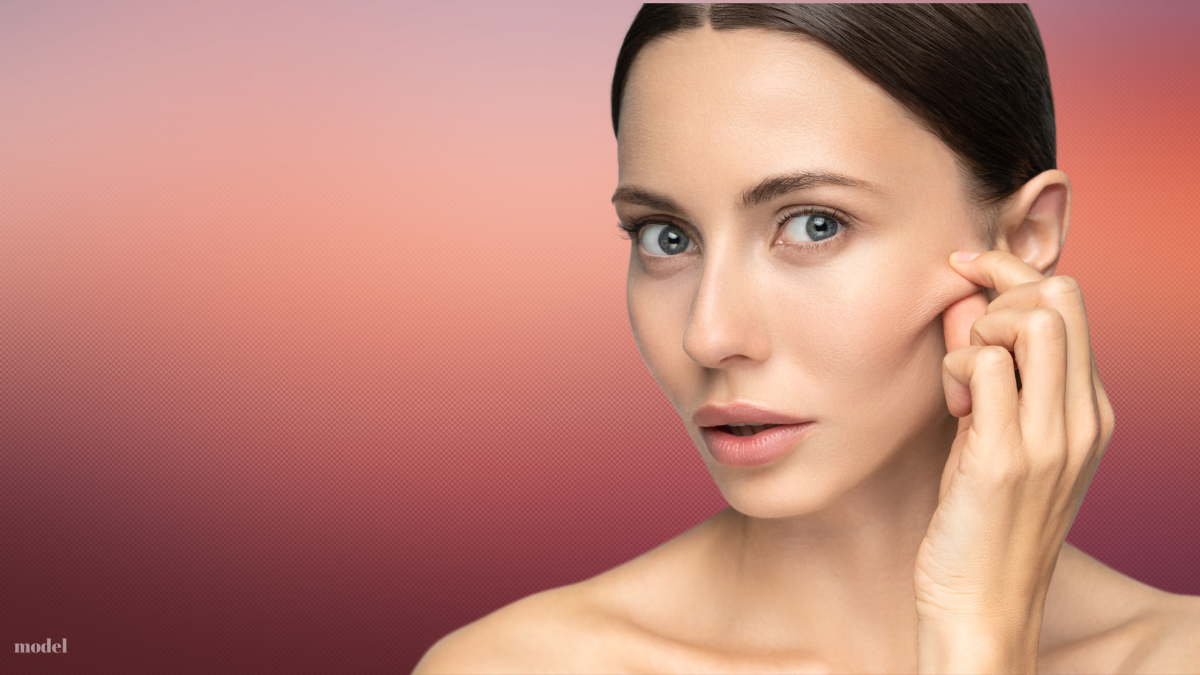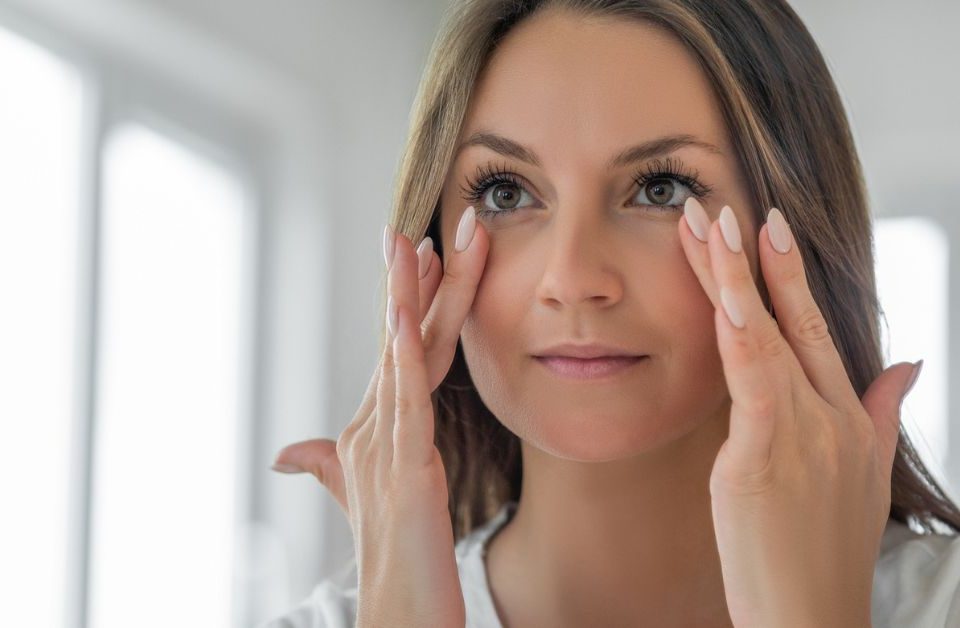
How To Plan Your Laser Skin Resurfacing Timeline
August 20, 2022DermEffects | Consumer Choice Award Winner 2023 | London
November 21, 2022If you want to restore volume to your lips, cheeks, and other facial areas, dermal fillers are often the answer. Dermal fillers are injectables that not only add instant volume to flat areas but can also reshape your facial contours. When considering facial fillers, many London, Ontario, men and women have questions about what dermal fillers can achieve, what a treatment is like, and how to address any injection aftereffects. We’ll answer some of those questions here so you can head into your dermal filler appointment with confidence.
What Facial Areas Can You Improve with Dermal Fillers?
Dermal fillers improve facial lines such as nasolabial folds, marionette lines, and lip lines, as well as acne scars and other skin depressions. You can also fill in hollows on your face that occur under the eyes and on the cheeks and temples. Depending on the filler you choose, your results can last anywhere from 6 months to 2 years.
What To Expect During Dermal Fillers Recovery?
Each person’s post-injection experience is a little different. Typically, though, you will have some swelling, redness, and bruising after the procedure. Your injector will advise you to avoid strenuous activity for the first 24 to 48 hours after the procedure.
How To Reduce Swelling After Lip and Cheek Fillers
While you won’t need any downtime after dermal fillers, you may notice some redness and swelling around your injection sites. It may be especially pronounced in the tenders areas of your face, such as your lips or cheeks. Your provider will advise you on the best way to manage swelling and other side effects, but here are some helpful tips:
Stay hydrated – Keeping your body hydrated is a good way to reduce swelling as it helps eliminate extra fluid in the body.
Elevate your head – Keeping your head elevated for a few hours after the procedure can help reduce swelling and support healing.
Apply ice – You can use a cold compress on the injection site to reduce swelling and inflammation. However, you should avoid putting too much pressure on this area.
Avoid exercising for a few days – High-intensity exercise can increase your blood flow and pressure, causing increased swelling and bruising and interfering with the healing process. You should stick to light walking for the first day or two after the procedure.
Some injectors will ask you to stop taking medications or supplements that thin the blood to help control post-treatment swelling and bruising. These medications include aspirin, ibuprofen, and other NSAIDs, as well as St. John’s Wort, vitamin E, ginkgo biloba, and fish oil supplements. Check with your provider to find out their specific pre-injection instructions.
Are There Any Risks When Using Dermal Fillers?
According to the FDA, dermal fillers are safe when administered by an experienced injector and the fillers are FDA approved. You should take the time to understand the types of fillers your injector will use and any possible side effects. If you have any concerns after your procedure, you should contact your provider immediately.
What Is the Difference Between Dermal Fillers and BOTOX® Cosmetic?
Dermal fillers add fullness to areas that have lost volume due to aging or genetics. BOTOX minimizes facial lines caused by making facial expressions such as frowning or squinting. You can combine these 2 procedures to address expression lines and volume loss at the same time.
As a proud winner of a Consumer Choice Award, our team understands the versatility of Dermal fillers, and how they are an effective and easy way to restore volume to your face. If you want to rejuvenate your face with dermal fillers, [consultation]request a consultation[/consultation] or call us at [phone] to schedule an appointment.





